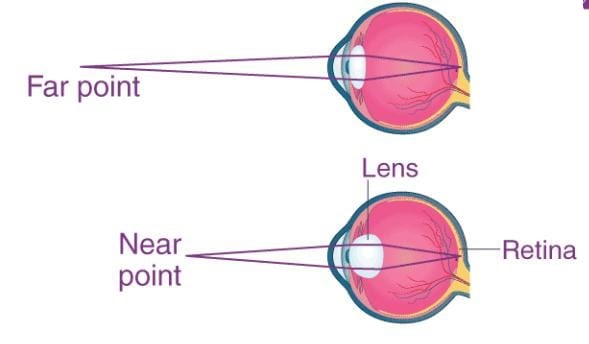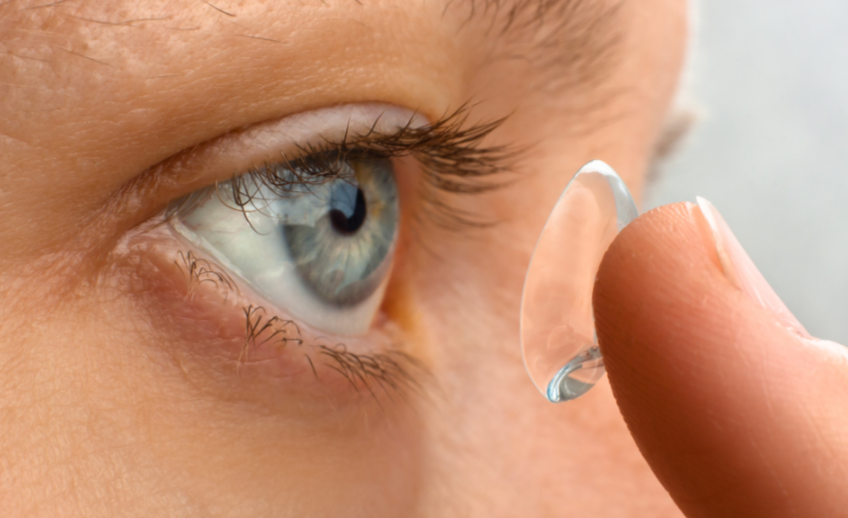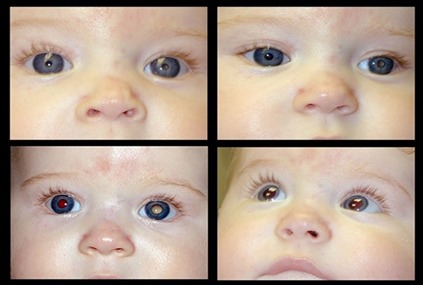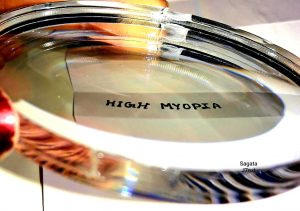The essential factor in accommodation is a contraction of ciliary muscle, convergence and the contraction of pupil. This associated action is called synkinesis. The convergence and accommodation are closely related physiologically as both are used together in binocular vision. However, the two can be independent of each other and also exhibit a certain degree of elasticity. Hypermetrope exerts more accommodation and less convergence while myope has less accommodation and more convergence and this dissociation in itself causes a breakdown and may result in strabismus. It may be stated that maximum efficiency can be attained by accommodation and convergence supplementing each other in synkinetic action when both eyes are being used together, the initial stimulus being the act of convergence. The elasticity of the relationship is determined largely by accommodation. The pupillary contraction which accompanies this synkinetic action occurs independently. This synkinetic action is also not influenced by fusion of the two images from the two eyes, for an increase in binocular accommodation is also seen in amblyopic patients with divergent squint.
Of the various factors stimulating accommodation, accommodative convergence is of great importance. It is certain that an increase in accommodation normally brings about an increase in convergence. The relationship between change in convergence expressed in prism diopters brought about by an increase in accommodation expressed in diopters is termed accommodation convergence/accommodation. Ratio (AC/A). In a given individual this ratio is remarkably constant so that it can be safely said that accommodative stimulus. If, however, there is greater miosis (size less than 1.5 mm) this linear relationship is disturbed because of the additional factor of the depth of focus.
The ratio is upset by a change in the tone of ciliary muscle or in presbyopia. It can thus be increased when cycloplegics are used and decreased in miosis.

In presbyopia there are two opposing views expressed to explain the decrease in accommodative power:
- Change in the power of the ciliary muscle which means that greater amount of change of accommodation. Amount of contraction of ciliary muscle is constant for 1D change of accommodation but the sclerosis of lens does not allow this to be effective.
- There is a view that since when through accommodative stimulus is increased accommodative convergence can increase without any dioptric change suggests that there exists an inflexible relationship between the two, It seems that though ageing process has an effect on the ciliary muscle yet major role in producing presbyopia binocular is played by the change in the mouldability of the lens a sclerotic process.
The excess of over uniocular accommodation averages about half diopter although individual variations are large. It may be as high as 1.5 D.
Variations with age
The power of accommodation varies with age. The punctum proximum in a child is situated at about 7 cm from the eye and the accommodative power is about +14 D. As the age advances the near point recedes and the power of accommodation decreases. At about puberty the near point is at 10 cm and the power of accommodation is +10 D. At about 30 years of age the near point is situated at about 14 cm and the power of accommodation is +7 D. In this modern civilization most of the work is done at 28 to 30 cm and, therefore, the recession of near point with age goes unnoticed. In India the recession of near point is more rapid than is seen in many western countries where at about 45 years of age the accommodation is 3.5 to 4 D. In our country the figure is reached at about 40 years of age and the near point recedes to 25 cm. At the age of 60 only 1 D accommodation remains but at this age cataract usually starts to form in this country. When near point reaches 25 to 30 cm it would entail working at the near point continuously which is extremely fatiguing and not possible. It follows that when the near point is at a distance of some 30 cm presbyopia is said to have set in.










